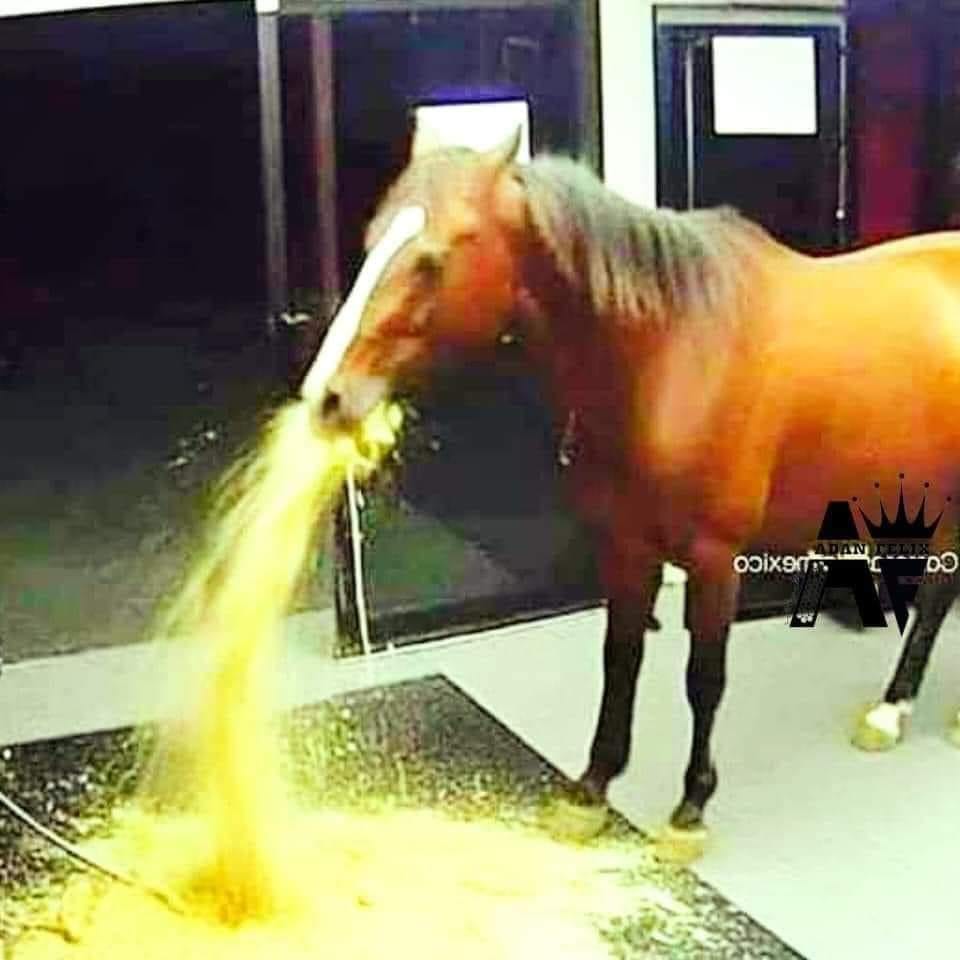I bought 175 g pack of salami which had 162 g of salami as well.
Let me introduce you to tolerance in measuring instruments and measuring errors.
Edit: Apparently I’m pro evil companies because I just pointed out that scales (and more importantly non-professional scales) have relatively high error tolerances (+ the measurament method error). Thus the measuring of this pasta and the possible interpretations of it have to take into account that.
Somehow its always lower than claimed.
“Always” is a really strong word that you should not be using in this context since it’s just not true.
For example, there once was more than indicated on a package of lentils in 1958. So it’s clearly not always.
Sup, I’m your local friendly USDA contractor who very much uses scales everyday. Consumer grade kitchen scales are terrible and will lie to you. The fact that it does not go out to the tenths or hundredths is a big flag for accuracy.
We check test our scales twice a year to make sure they are accurate. I once tried check testing my kitchen scale I use for canning for giggles and it failed miserably. It would only register weight on 2 out of 4 quadrants until I got to 10g or so. I’m sure my ohaus is going to show a different and more accurate result if I where to try it.
Eight grams off? That seems rather significant. I mean we use to buy 20 grams of weed we’d know if it was almost half shy.
Dealers digital scales have 2 decimal places.
8g sure but this is only within 2% error. most scales would probably be within 3% so this isn’t surprising



